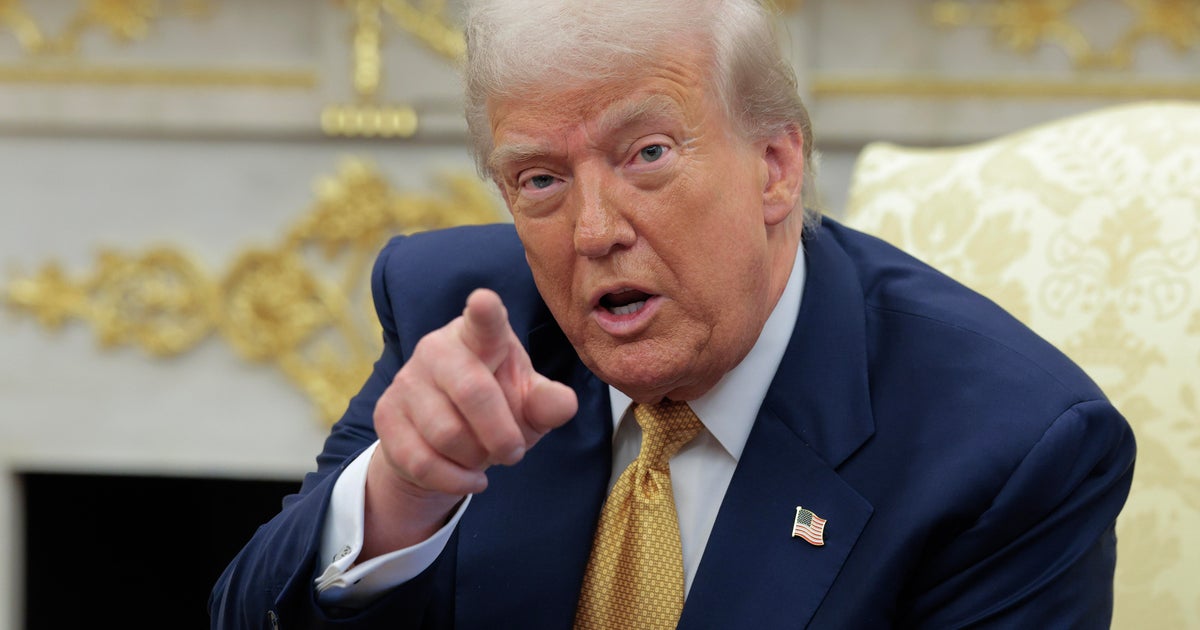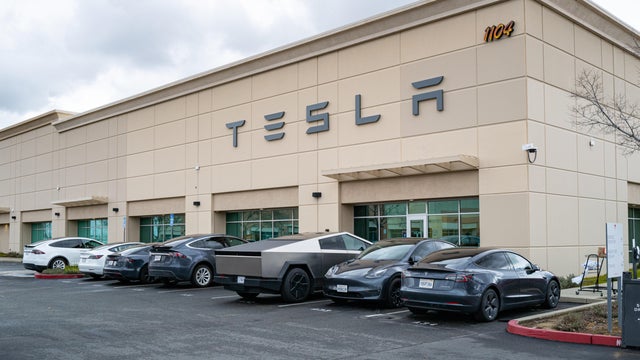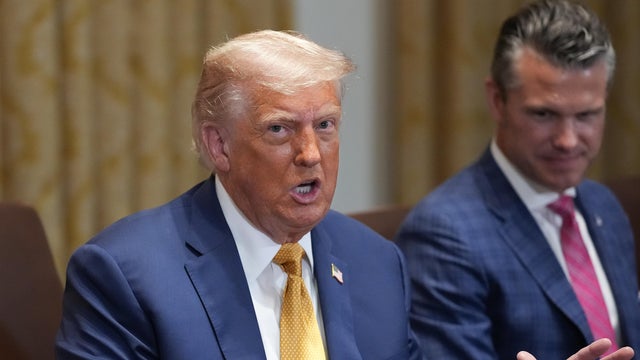

No response returned

President Trump on Thursday formally announced higher tariffs against more than 60 U.S. trading partners starting next week — just hours before the administration's self-imposed midnight deadline.
The president signed an executive order listing out tariff rates for imports from dozens of countries, including a handful that have cut trade deals with the administration and dozens that haven't reached a deal yet. The duties range as high as 41% for Syria and 40% for Laos and Myanmar, while almost no country's imports will face tariffs below 10%.
The new tariffs apply to imports that are "entered for consumption, or withdrawn from warehouse for consumption," in seven days, the order said. Mr. Trump had vowed to impose higher tariffs starting just after midnight on Friday, Aug. 1. A White House official told TheNews the extra seven days were intended to give Customs and Border Protection enough time to implement the new tariff rates.
"[F]or most economies and most of our trading partners, the cost of doing trade tomorrow will be higher than it is today," Greg Daco, chief economist at management consulting firm EY-Parthenon, said prior to the release of Thursday's list.
Mr. Trump set the latest deadline for trade agreements in April after announcing — for 90 days — what he described as "Liberation Day" tariffs on more than 90 countries. A July 9 deadline for deals came and went, with the White House again stalling for time. But Mr. Trump had since vowed not to extend the deadline beyond Aug. 1 for most nations.
Almost 70 trading partners are included on Thursday's list, and goods from countries that weren't listed will face 10% tariffs — the same baseline that Mr. Trump imposed in April.
For some countries, Thursday's tariff list features lower rates than the ones that were threatened on Liberation Day. But other countries' tariffs were adjusted up slightly. For example, Madagascar was threatened with 47% tariffs in April and just 15% tariffs on Thursday, but Switzerland's rate jumped from 31% to 39%.
For the handful of trading partners that have reached agreements with Mr. Trump in recent weeks — including , and the — the new tariff list reflects the terms of those trade deals.
A senior administration official told reporters Thursday the new tariff list separates U.S. trading partners into three buckets. If the United States has a trade surplus with a country — meaning the U.S. exports more goods to the country than it imports — that nation's goods will face a 10% tariff rate. If the U.S. has a small trade deficit, imports from that country will generally face 15% tariffs. And countries that the U.S. has larger deficits with face higher tariffs, typically based on either the "Liberation Day" rate, a rate hashed out in a trade deal with the U.S. or a rate floated by Mr. Trump in a letter.
Tariffs on the United States' three largest trading partners — Mexico, Canada and China — are treated separately.
Duties on Canadian goods will jump from 25% to 35% starting Friday, the White House announced Thursday, following through on a threat from earlier this month.
Mr. Trump is also threatening tariff hikes for Mexico and China, but the U.S.' southern neighbor on Thursday, and an Aug. 12 deadline to strike a deal with China is for three months, as well.
In announcing the hike in Canadian tariffs, White House said Canada hadn't done enough to "arrest, seize, detain or otherwise intercept ... traffickers, criminals at large, and illicit drugs."
In a statement released early Friday, Canadian Prime Minister Mark Carney said he was "disappointed" by Mr. Trump's actions.
"Canada accounts for only 1% of U.S. fentanyl imports and has been working intensively to further reduce these volumes," he said.
Carney added that some industries - including lumber, steel, aluminum and automobiles - are "heavily impacted by U.S. duties and tariffs. For such sectors, the Canadian government will act to protect Canadian jobs, invest in our industrial competitiveness, buy Canadian, and diversity our export markets."
In Beijing, China Foreign Ministry spokesperson Guo Jiakun said Friday that, "China's opposition to the abuse of tariffs is consistent and clear. Tariff and trade wars have no winners. Protectionism is in no one's interests."
Amid concerns that the White House's trade agenda was fueling economic uncertainty for businesses and consumers, Trump administration officials this spring to nail down "90 deals in 90 days."
By that measure, his administration has come up far short of its goals. The White House has announced broad bilateral agreements with a handful of nations as well as the 27-member European Union, but those deals have lacked the extensively documented details typical of most trade deals, experts note.
"It's important to note that we don't even have any deals as deals are commonly understood, except maybe the U.K. agreement, which is still being discussed," Alex Jacquez, chief of policy and advocacy at Groundwork Collaborative, a left-leaning advocacy group, told CBS MoneyWatch.
The countries that have yet to strike deals with the U.S., including major trading partners such as Canada and Mexico, account for 56% of American imports, according to Goldman Sachs.
Shortly after the new tariff list was released, Mr. Trump in an interview it's "too late" for countries that still haven't struck a trade agreement to avoid the new import duties — but he's still willing to negotiate after the higher tariffs take effect. He said he believes his trade strategy was going "very well, very smooth," pointing to the revenue brought in by tariffs and the fact that inflation has not spiked.
"President Trump's trade deals have unlocked unprecedented market access for American exports to economies that in total are worth over $32 trillion with 1.2 billion people," White House spokesperson Kush Desai said in a statement. "As these historic trade deals and the Administration's pro-growth domestic agenda of deregulation and The One Big Beautiful Bill's tax cuts take effect, American businesses and families alike have the certainty that the best is yet to come."
Mr. Trump re-entered office in January promising to rewrite the rules of international commerce, which he has long maintained disadvantage the U.S. and hurt American workers. In that effort, he has embraced tariffs as a way to reduce trade deficits with other nations, energize domestic manufacturers, generate federal revenue and gain leverage in foreign policy.
In practice, the White House has struggled to deliver on that ambitious agenda, Daniel Altman, an economist and founder of investment newsletter High Yield Economics, told CBS MoneyWatch.
"There were never enough trade negotiators in all of Washington to conclude all of these details by August 1," he said. "We have some framework agreements that have made the headlines, but as we're finding out a lot of those deals include tariff rates that are pretty much the same as the base rate of 15% that the White House has mooted for the rest of the world."
Other countries that struck trade deals with the U.S. have acceded to higher tariffs in hopes of ensuring good relations with Mr. Trump and avoiding even higher levies. Those include , which will each face a 19% tariff on their exports. The U.S. will subject imports from to a 20% duty, plus a 40% tariff on goods that are transshipped via other countries.
"In any other time frame, one would have said that having the EU, Korea, Japan, Philippines, Indonesia and the United Kingdom covers an awful lot of world trade and U.S. trade," Alan Wolff, senior fellow at the nonpartisan Peterson Institute for International Economics and former deputy director-general of the World Trade Organization, told CBS MoneyWatch.
Global financial markets fell in overnight trading after the White House tariff announcement. In the U.S., stock futures for the S&P 500 and Dow Jones Industrial Complex were each down 0.9%, while Nasdaq Composite futures fell roughly 1%.





